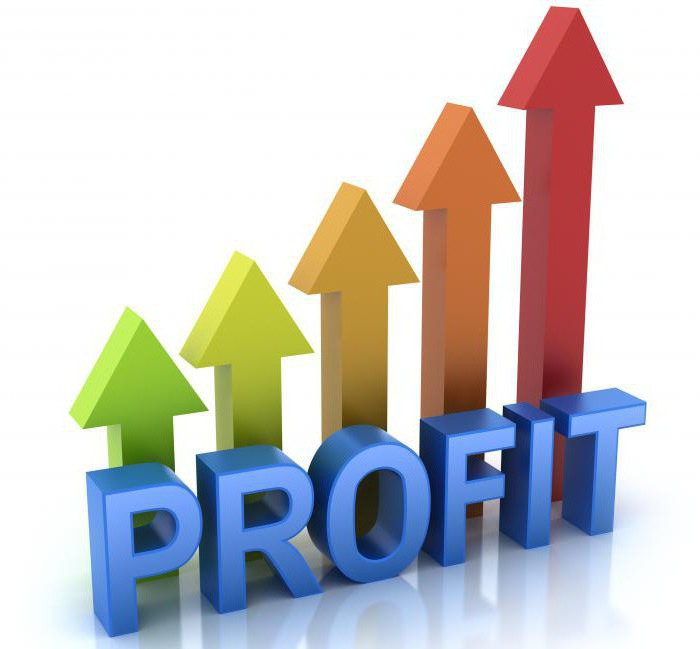Margin is one of the main pricing factors. This concept is often used by specialists in all areas of the economy. Margin allows you to evaluate profitability indicators, although it is a relative value. Depending on the field of business, this concept has its own specifics.

Margin Calculation
Margin is the difference between the cost of a product and the price at which it is sold. Thanks to such calculations, it is possible to monitor the effectiveness of commercial activities, and more precisely, how the company converts revenues into profits.
The margin value is calculated in percent according to a specific formula:
Profit / Income × 100% = Margin.
Let's look at this formula with an example. Let's say the margin of an enterprise is 25%. That is, from each ruble of revenue the company receives 25 kopecks of profit. 75 kopecks is the cost.
Gross margin
To evaluate the profitability of the company, analysts focus on the value of gross margin (Gross Margin). In evaluating a firm's performance, gross margin is the primary indicator. For this, it is necessary to subtract the amount of expenses for its manufacture from the amount of revenue for the product.
The gross margin ratio does not give an idea of the general financial condition of the company and does not allow to analyze specific aspects of its activities. This indicator is considered analytical, but it allows you to evaluate the effectiveness of the company. But at the same time, calculating the gross margin makes it possible to calculate no less important indicators for the company. First of all, economists pay attention to them.

The gross margin coefficient also takes into account the production of goods or services of employees of the company. That is, those actions based on labor.
It is also important that the gross margin formula also takes into account income that is not the result of the provision of services or sales of goods. We are talking about non-operating income, which are the result of:
- the provision of services that are not related to industrial;
- housing and communal services organizations;
- write-off of debts.
If the gross margin is calculated correctly, you can find out the net profit of the company.
Economists also pay attention to profit margin, which indicates indicators return on sales. Profit margin is the profit in the total capital or revenue of an enterprise. It is calculated as a percentage.
There is such a thing as average gross margin. In this case, the difference between the price and the average amount of expenses is taken. Thus, it is possible to determine how much profit one unit of goods brings and how it covers fixed costs.
The gross margin rate is a part of the marginal income in profit, or for an individual product, it is part of the income in the price of the goods.
Gross Margin Calculation
Calculate marginal income you can take everything variable costs including overhead, depending on the volume of production, from the proceeds of the enterprise.
Gross Margin = Gross Profit / Revenue.

For Europe
Gross margin in Europe is calculated as a percentage and consists of total sales revenue. This takes into account only the income that the company receives immediately after the cost of production.
The difference between the accounting systems of Russia and Europe is only that in the first case the gross margin is understood as profit, and in the second it is calculated according to the specified formula.

Companies are classified according to gross margin. If it is more than 40%, the company has a long-term competitive advantage. If the value of gross profit is in the range of 20-40%, the competitive advantage is unstable.If the value is less than 20%, then the company does not have a competitive advantage.
As statistics show, the gross margin of a company that is losing its competitive advantage is reduced long before sales are reduced. Therefore, monitoring gross margin helps you identify problems in advance and fix them.
Of course, there are situations when a company does not make a profit with high gross margin. In this case, competitive advantage is out of the question. Problems can be the high cost of:
- debt service;
- new product development;
- general business needs.
If at least one of the above categories of expenses is too large, the gross profit may be reduced to zero and undermine the economic condition of the company.








